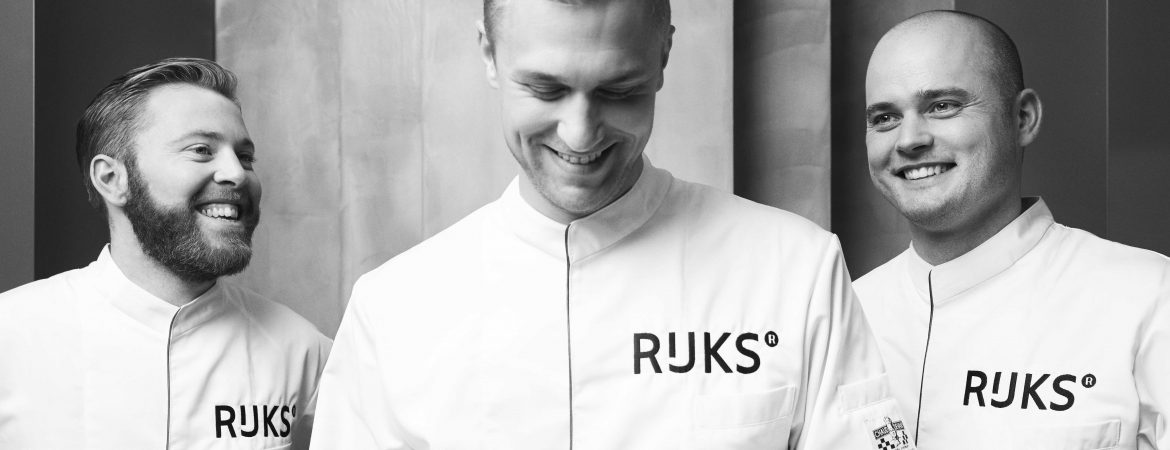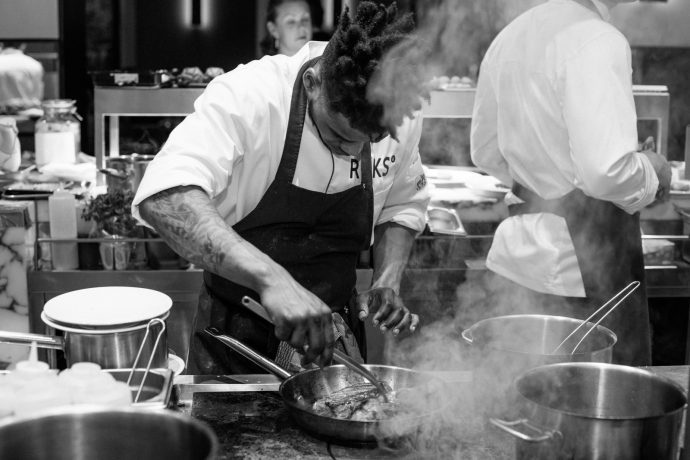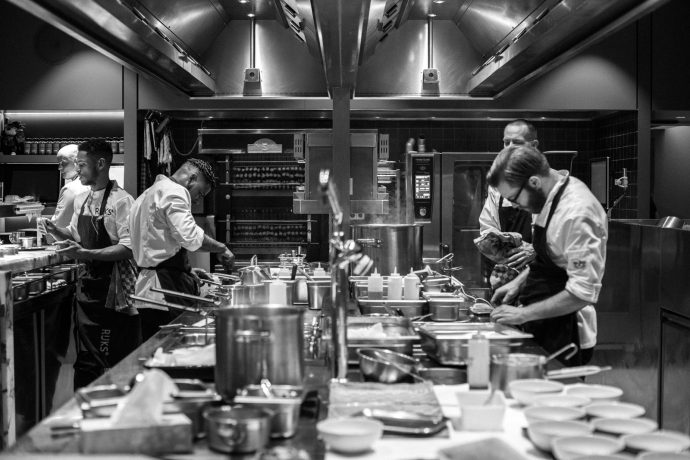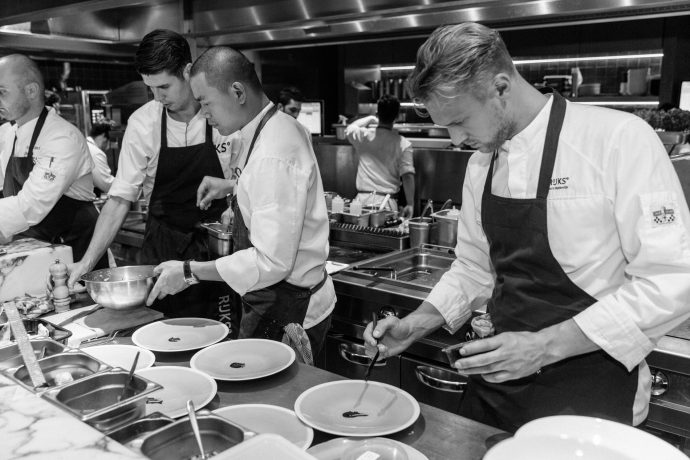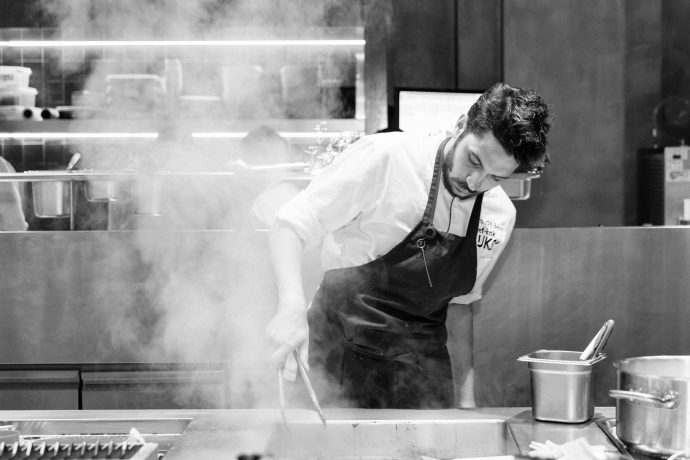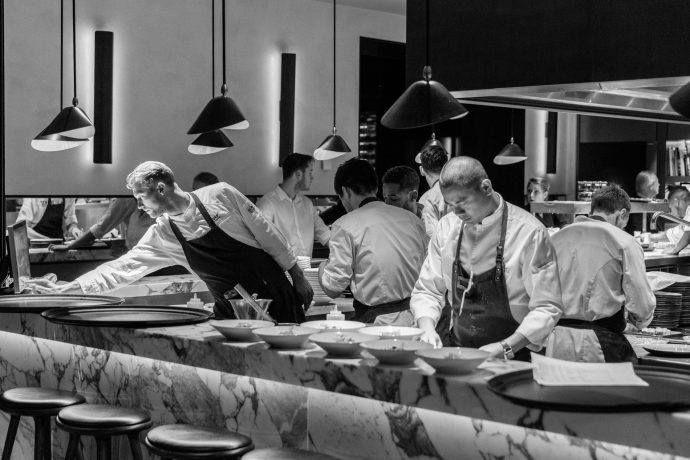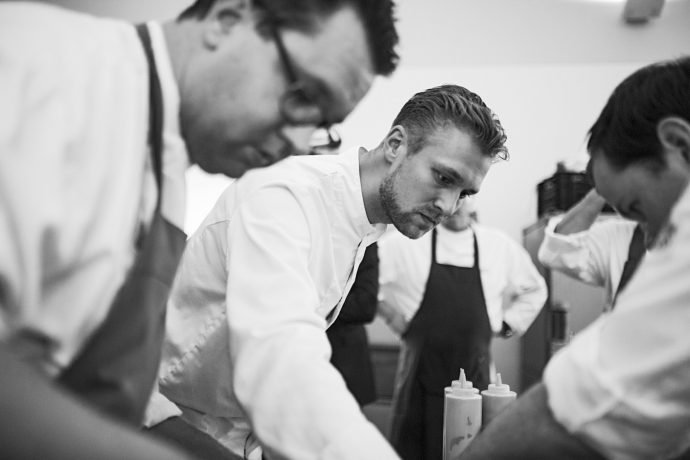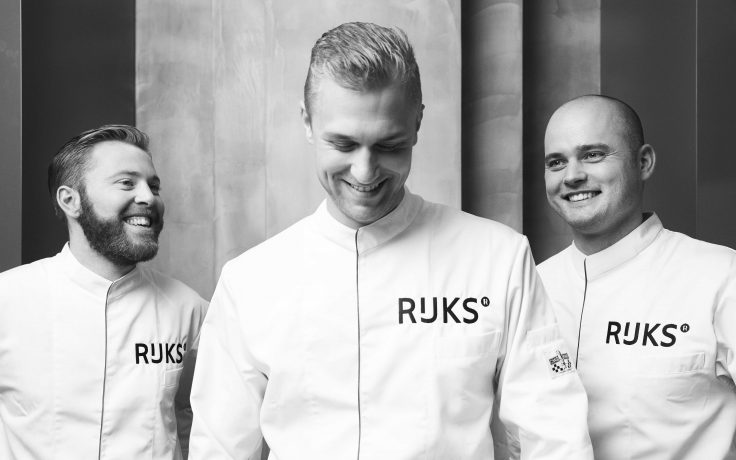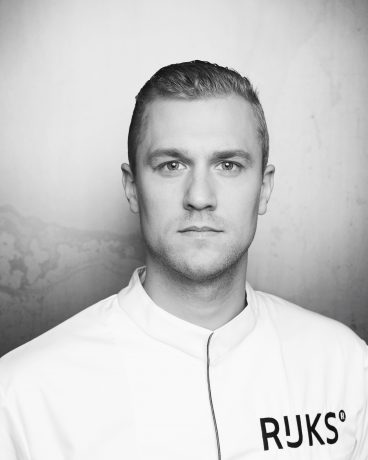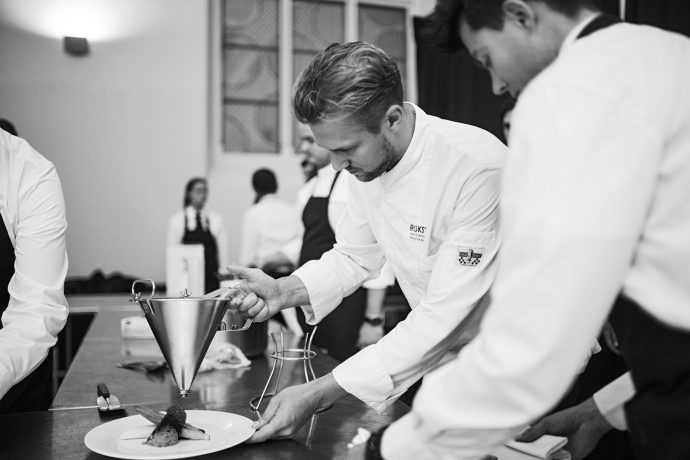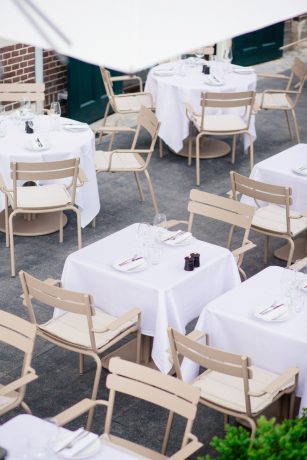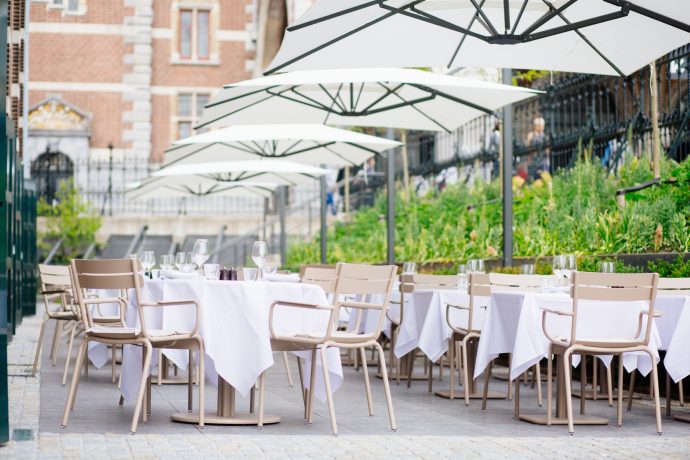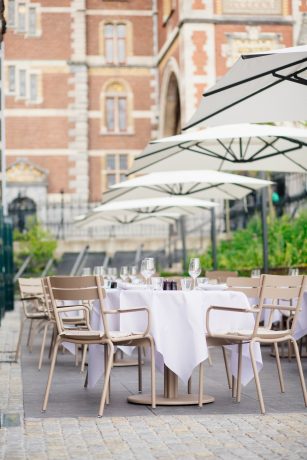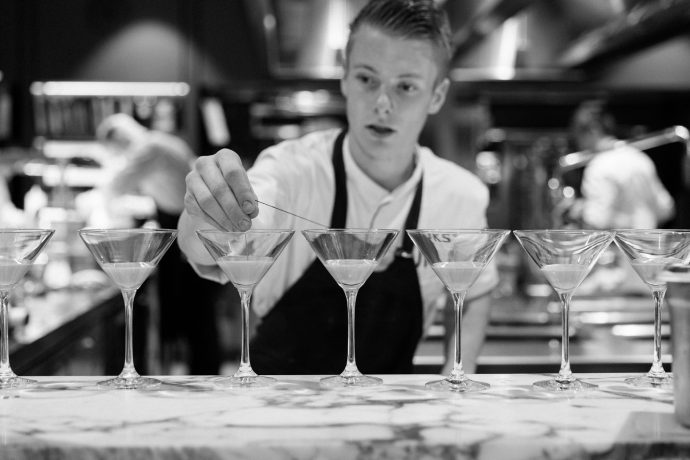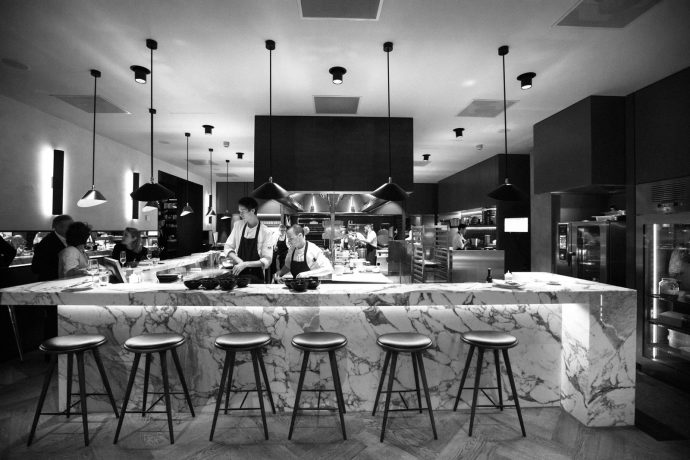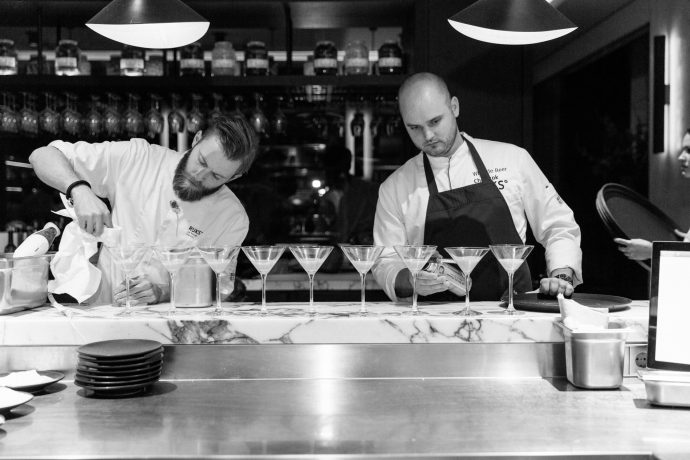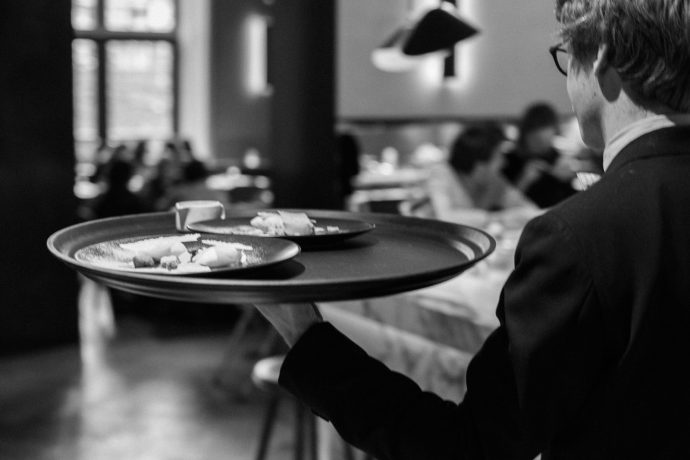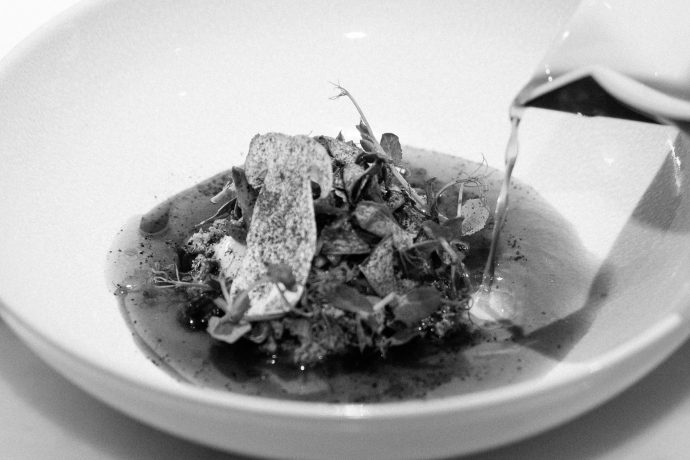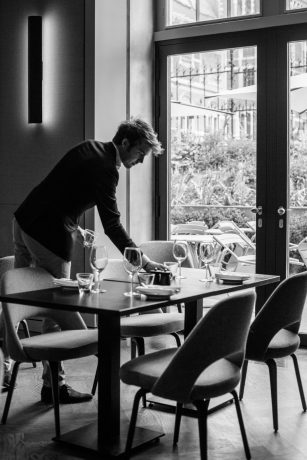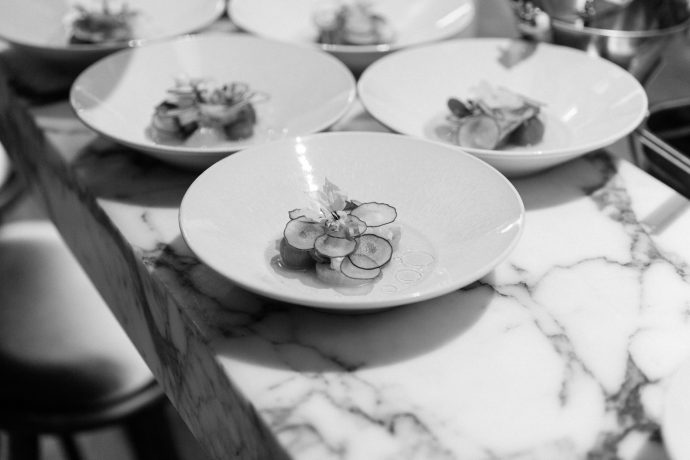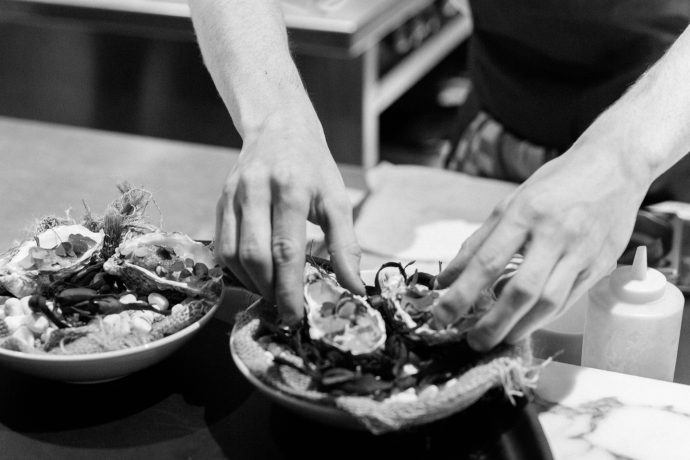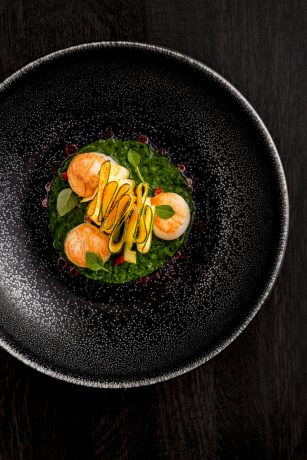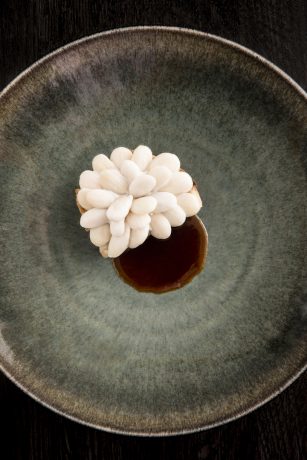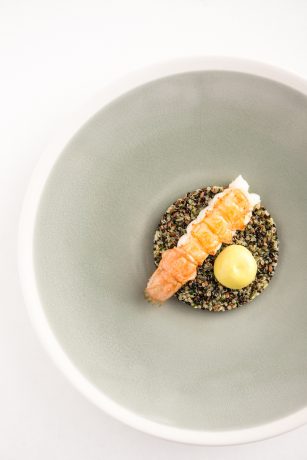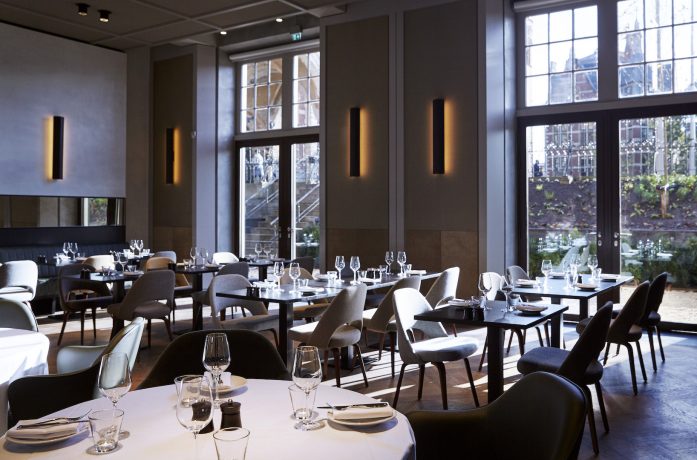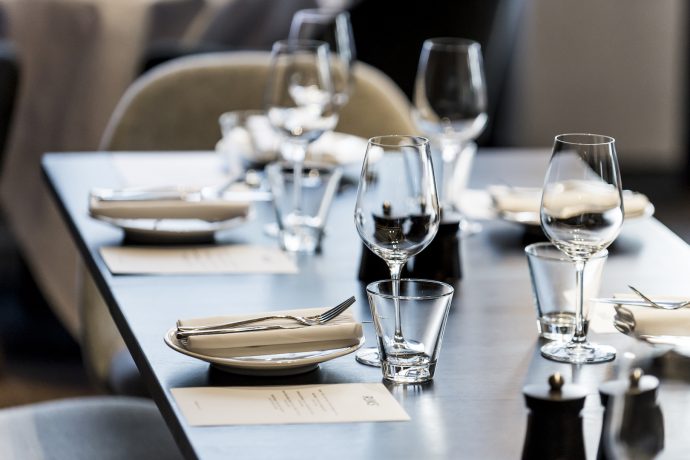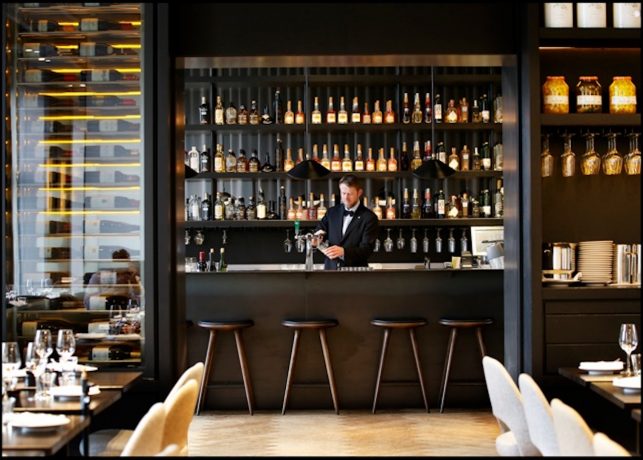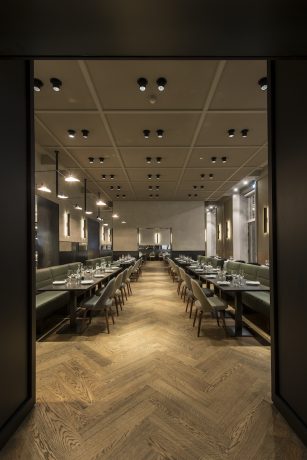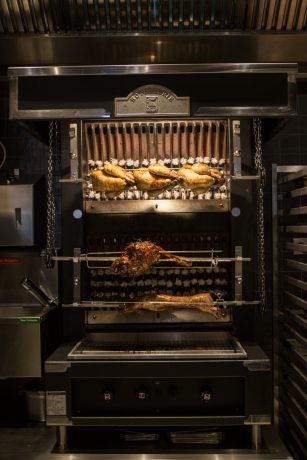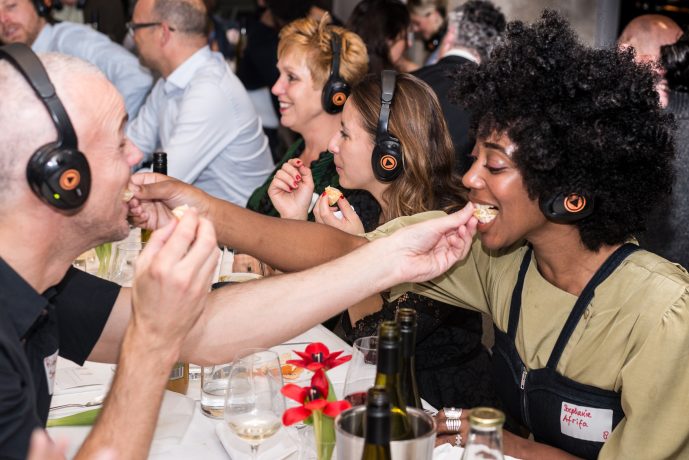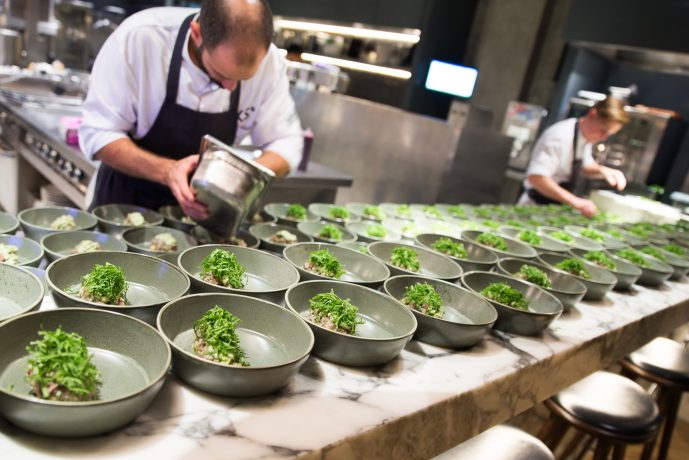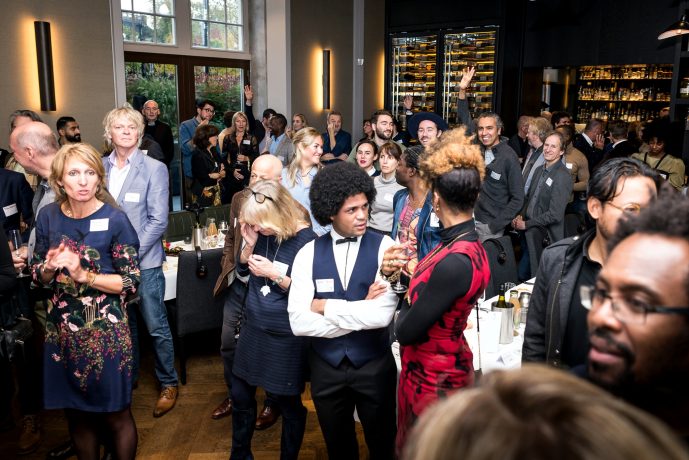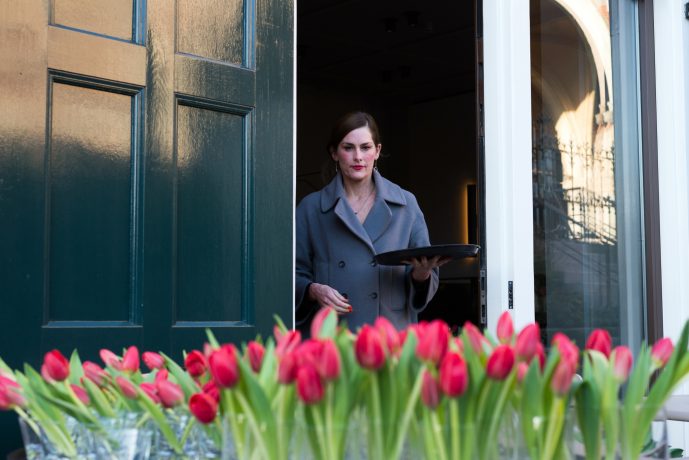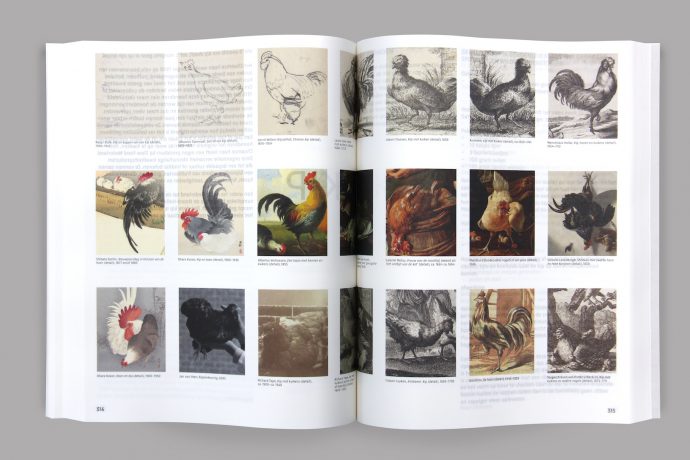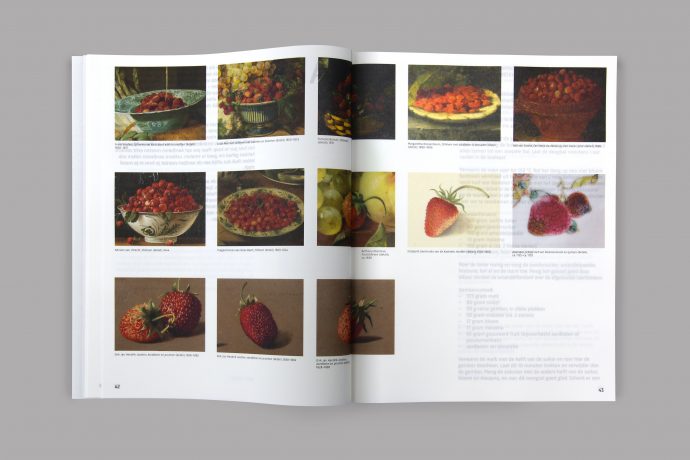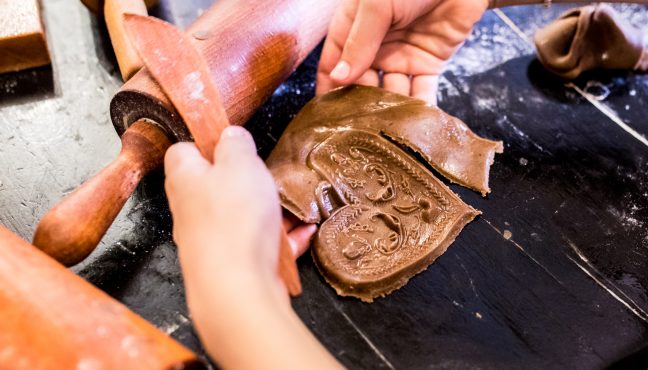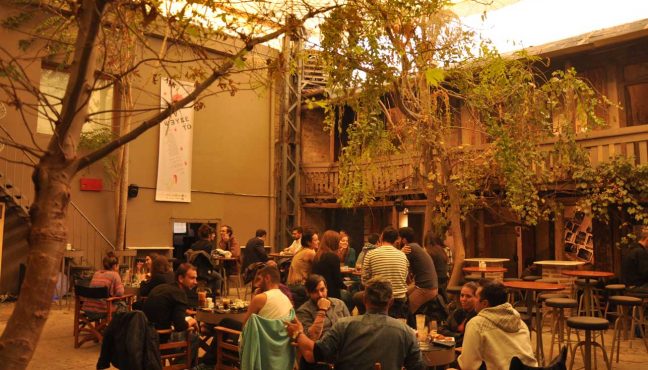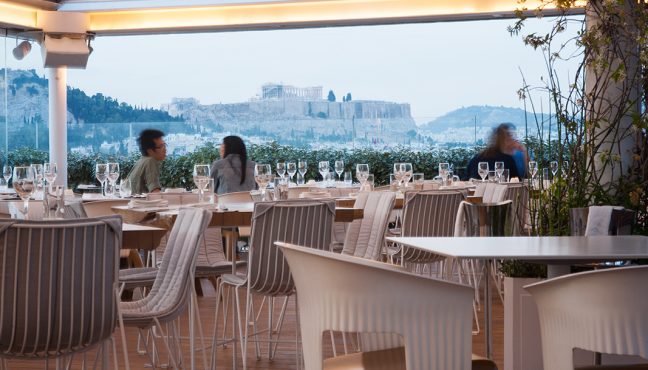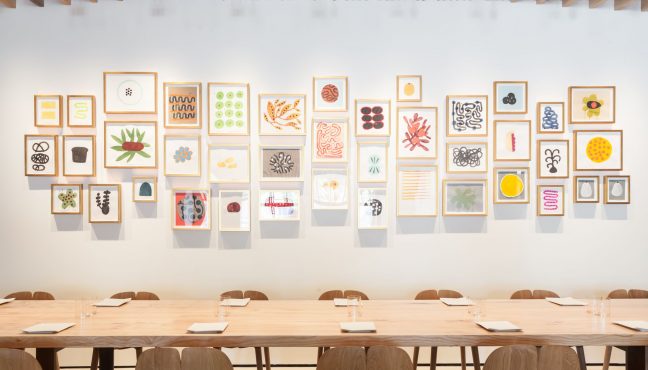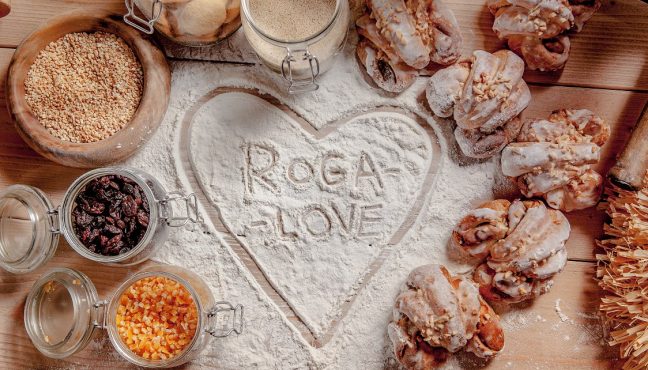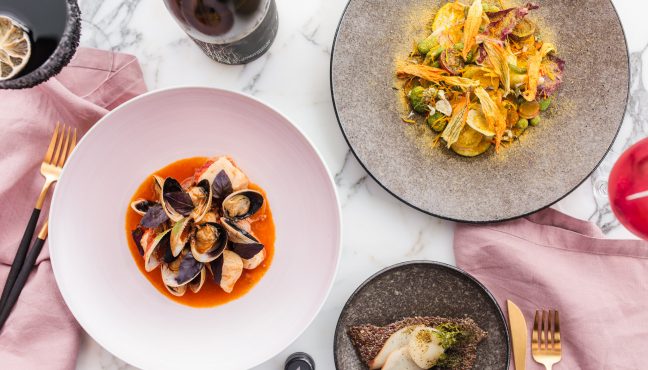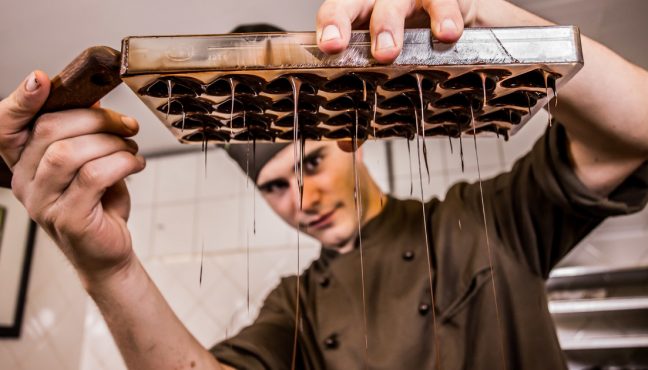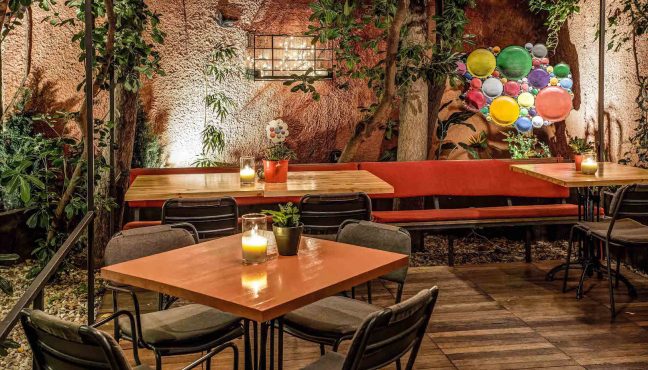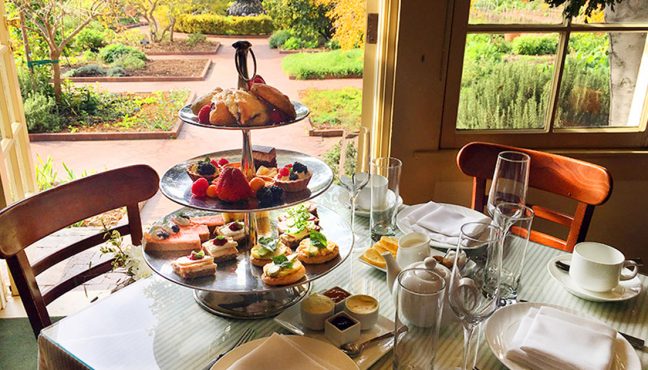RIJKS®, the restaurant of the Rijksmuseum in Amsterdam, has a very unique concept: local, seasonal, and organic products are served here in old Dutch recipes, carefully preserved, and new dishes are inspired by the museum's collection. The menu of the restaurant is full of diverse narratives. RIJKS® is constantly surprising with its programming and collaborations. It’s not a typical restaurant, it’s “Rijksmuseum served up on a plate”.
Museeum has talked to the executive chef of RIJKS®, Joris Bijdendijk, about the restaurant’s concept, philosophy, programming and future plans.
When was RIJKS® restaurant opened? How did the concept appear?
RIJKS® restaurant was opened in November 2014. It’s the last part of the renovation project of the Rijksmuseum. There were plenty of ideas of what to do with the restaurant. But most importantly it had to be accessible for everyone, like the museum itself, and with Dutch influences. So we have wine from Dutch producers from all over the world, all the strong liquors are from Holland and in the kitchen we work mostly with Dutch products, of course we don’t forget the rest of the world: we use spices, etc. But the main ingredients are still mostly from Holland.
You have the whole tradition of inviting guest chefs. Is it usually connected with events within museum?
We work with guest chefs as if they are museum curators. For example, there was an exhibition “Asia in Amsterdam” in the Rijksmuseum and it was a perfect occasion to invite one Asian chef, Andre Chiang. It’s always a collaboration, I’m working with invited chefs. We asked him to curate five dishes. During three days we usually have this special event, which is usually totally sold-out. And we keep the dishes by the guest chefs on the menu during the duration of exhibitions.
We are going to proceed with tradition of inviting guest chefs. We’re already very busy with the line-up of 2017. If it’s possible, we connect the invitation of the guest chefs with the ongoing museum event. But we’re also a stand alone restaurant and one of the things in our programming is that we invite inspiring guest chefs every 3-4 months. We have the whole “wish list” of chefs we want to invite, of course these chefs are very busy. It’s always the best of the best.
What is the connection between museum and restaurant? How is museum collection translated in the menu?
It’s not translated in a cliché kind of way. I always say that there should be a logic in a fact that we are the restaurant of the Rijksmuseum. When you walk in, it feels like we are the part of the museum, but you won’t see art. The art is in the museum building and here drinks and food are being served. I think we have achieved to create a full experience. If people had a day in the museum and afterwards they come to RIJKS®, they will feel this full experience, all senses are being involved.
If people had a day in the museum and afterwards they come to RIJKS®, they will feel this full experience, all senses are being involved.
What is your vision of gastronomy?
We have a very strong philosophy. The general part of the philosophy is that we have the same core values as the museum: authenticity, quality, simplicity. We are open for everyone. In the kitchen we always have four principles. Number one is the choice of products. That’s actually the alphabet of the restaurant, our signature. Secondly – techniques, preparations, continuity and details. These four principles are always reflected in our dishes. And talking about choice of products- quality and Dutch origin.
Before working in RIJKS®I already wanted to work with Dutch products. This restaurant and me was a very good match. To give you an example, I thought that it’s strange that we don’t have farm pigeon in Holland, though a lot of restaurants are working with this product. After negotiations with one of Dutch breeders, the first Dutch farm pigeon was on the market. And now he has one of the best farm pigeons I’ve ever tried. It’s on our menu as well.
In RIJKS® we have the team of three chefs: Jos Timmer, Wim de Beer and me. We are all part of the Slow food alliance of Dutch chefs, meaning that we can put slow food products on our menu. Dutch slow food products belong to the Dutch tradition, Dutch culture and they are almost extinguished. Our job is to keep them from disappearing. We try to work as much as possible with slow food products.
What are the examples of slow food products?
Lobster from Holland, type of farm chicken, three species of cows, couple of cheeses. The list of the products, which are in the danger zone is about 10 to 12. And then there is the second list of slow food products, which are not in a danger zone, but are closely related to the Dutch tradition, around 50 of them.
So you’re also working on research?
Yes, we are working closely together with Slow food organization. I have done a lot of work for the Slow food association during the past 10 years.
We’ve got a glass house in the garden next to Rijksmuseum with slow food vegetables. Now we are talking with a company, which will be constantly planting herbs there.
You are also using the space around the restaurant, stepping out of the restaurant walls. But I guess you’re also stepping out in different projects you’re working on, for example with Dutch food designers.
Recently we were working on the concept of the project BREAD&SALT together with Marije Vogelzang, Dutch eating designer. It is about bringing together immigrants and locals, diverse cultures. We’ve installed twelve tables, where guests could sit opposite to each other and had to accomplish small tasks in order to connect. We created a menu with dishes, which might seem to be typical Dutch, but when you hear the stories behind them, you realize that these products were not originally from Holland. Even I was surprised to learn about some products. For example, kale. This project is about storytelling, it’s about connection. It was the first collaboration of RIJKS® and Dutch food designer.
Do you feel the difference between working in a restaurant and working in museum restaurant? Do you collaborate on some projects with museum colleagues?
The big advantage is that in the museum people are perfectionists. In restaurant business we love to be perfectionists as well. This is a very good partnership. Earlier I was working in a hotel. And in a hotel you have different outlets with different cultures. In this case you have different outlets, but the same vision, the same mindset. It really helps with everything and motivates a lot as well. And of course you have a lot of beautiful stories to tell and a lot of things, which can inspire you. I’ve got the whole museum next to me, all the colors and styles. For example, exhibition “Late Rembrandt” was taking place last year. One of the museum colleagues guided me through the exhibition and told me a lot about the artist and about his style, which changed during the years. And what inspired me the most was that Rembrandt over the years got focused on one most important detail, which had to come out in the painting. One of our core values is simplicity. This is exactly what we are trying to do with our dishes. One main product has to have the best quality, preparation and flavor.
